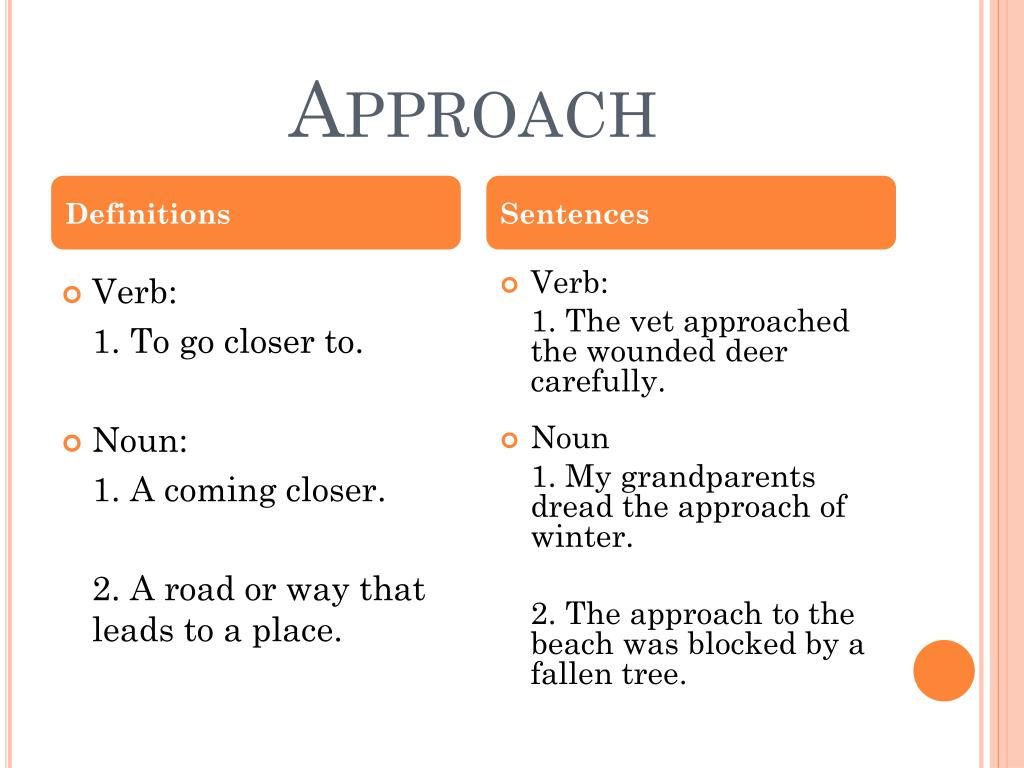

Semantic notion definition software#
A user could be another human being or a software application that wants to interpret the data in a reliable and precise way. They serve as a formal contract between the developers of the knowledge graph and its users regarding the meaning of the data in it. They can be seen as the data schema of the graph. Ontologies represent the backbone of the formal semantics of a knowledge graph. Standardization: All the above is standardized through the W3C community process, to make sure that the requirements of different actors are satisfied – all the way from logicians to enterprise data management professionals and system operations teams.Ĭlick on image to enlarge Ontologies and Formal Semantics.The use of globally unique identifiers facilitates data integration and publishing. Interoperability: There is a range of specifications for data serialization, access (SPARQL Protocol for end-points), management (SPARQL Graph Store) and federation.Performance: All the specifications have been thought out, and proven in practice, to allow for efficient management of graphs of billions of facts and properties.The RDF* extension makes it easy to model provenance and other structured metadata. Expressivity: The standards in the Semantic Web stack – RDF(S) and OWL – allow for a fluent representation of various types of data and content: data schema, taxonomies and vocabularies, all sorts of metadata, reference and master data.

Knowledge graphs, represented in RDF, provide the best framework for data integration, unification, linking and reuse, because they combine: Knowledge base, because they bear formal semantics, which can be used to interpret the data and infer new facts.



 0 kommentar(er)
0 kommentar(er)
